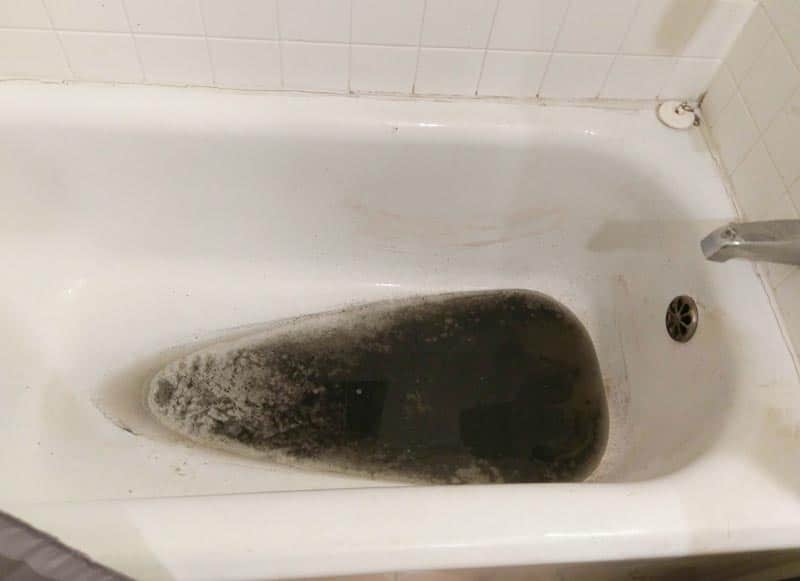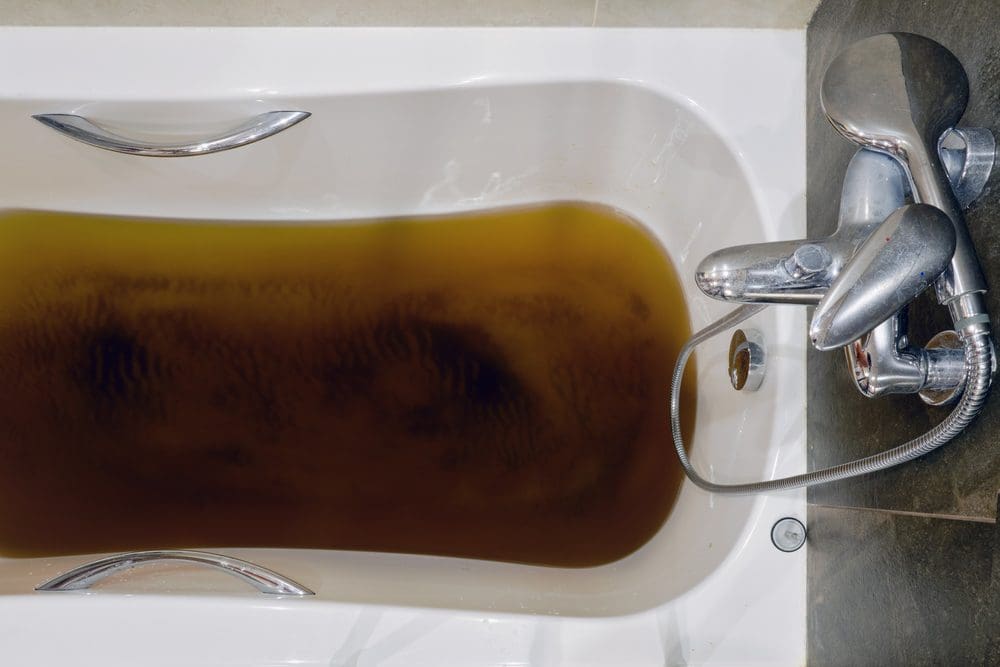An Comprehensive Guide: Discharge Rising Through the Bathtub
An Comprehensive Guide: Discharge Rising Through the Bathtub
Blog Article
Right here down the page you might get a lot of extremely good points relating to Why is Sewage Backing Up Into My Bathtub?.

Sewage back-up in the tub can be a distressing and unsanitary issue for any kind of home owner. Not only is it bothersome, yet it likewise positions major health and wellness threats and indicates underlying concerns with the plumbing system. Recognizing why sewage is showing up with the tub is essential for taking proper activity to deal with the trouble effectively.
Introduction to the Issue
Usual Factors for Sewer Back-up
Blockages in the Drain Line
Among the most usual reasons for sewage back-up is a clog in the drain line. This can occur as a result of the build-up of debris, grease, or foreign things in the pipelines, protecting against proper circulation and triggering sewer to support right into your bathtub.
Tree Origin Invasion
Tree origins looking for dampness and nutrients can penetrate sewage system lines with tiny fractures or joints. In time, these roots can grow and increase, creating considerable damages to the pipes and causing sewage backup concerns.
Understanding the Trouble
When sewage draws back up into the bathtub, it's a clear indicator of an issue with the drain system. The wastewater that ought to be streaming far from your home is instead finding its back into your living space, which can result in significant damages and carcinogen.
Potential Causes
A number of factors can contribute to sewage backup in the bathtub. From blockages in the sewage system line to issues with the plumbing facilities, determining the source is necessary for locating an option.
Aging Facilities
Older homes may have obsoleted plumbing systems that are a lot more prone to rust, fractures, and damage. As pipelines age, they come to be extra vulnerable to leakages and blockages, enhancing the likelihood of sewer backup occurrences.
Heavy Rainfall or Flooding
During periods of heavy rainfall or flooding, the drain system might come to be overloaded with excess water, triggering backups and overflows. This can lead to sewage backing up right into bath tubs and other fixtures inside the home.
Indications of Sewage Backup
Foul Odors
Undesirable smells originating from drains pipes or fixtures, specifically in the shower room, might indicate sewage back-up concerns. These smells are usually solid and consistent, signaling a problem that needs instant focus.
Slow Draining Fixtures
Tubs, sinks, and bathrooms that drain gradually or otherwise at all could be experiencing sewer backup. If multiple components are impacted concurrently, it's likely that the problem stems from a typical factor, such as the major sewer line.
Gurgling Sounds
Odd gurgling or bubbling sounds coming from drains pipes when water is running somewhere else in your house are indicative of air caught in the plumbing system. This air build-up can arise from sewage backup and need to be examined without delay.
Health And Wellness Risks Connected With Sewer Backup
Contamination of Water Supply
Sewage backup can pollute the supply of water in your home, presenting a serious health and wellness danger to you and your family. Direct exposure to infected water can lead to gastrointestinal concerns, skin infections, and other health problems.
Mold Growth
Dampness from sewage backup can create ideal conditions for mold development in your home. Mold spores can exacerbate breathing problems and trigger allergic reactions in delicate people, making punctual cleaning vital.
Spread of Illness
Sewer includes unsafe microorganisms, viruses, and parasites that can cause a range of conditions, including liver disease, cholera, and gastroenteritis. Coming into contact with sewage or contaminated surface areas places you at risk of infection.
Cleaning Up After Sewer Back-up
Disinfection Procedures
Extensively decontaminate and disinfect impacted areas after sewer backup to eliminate hazardous germs and prevent mold and mildew growth. Usage ideal cleaning products and safety gear to ensure secure and effective cleaning.
Remediation of Impacted Locations
Fix any type of damage to flooring, walls, or components triggered by sewage back-up. Depending on the degree of the damages, you might need to replace carpeting, drywall, or various other materials to recover your home to its pre-loss problem.
Immediate Actions to Take
Turning Off Water
In case of sewer backup, it's essential to turn off the water supply to avoid more contamination and damage. Locate the primary water shutoff valve in your house and shut it off up until the problem can be resolved.
Contacting a Professional Plumber
Taking care of sewage backup is not a DIY job. Get in touch with an accredited plumber with experience in taking care of sewage-related issues to evaluate the circumstance and do essential repairs or clean-ups.
Staying Clear Of Contact with Polluted Water
Up until the sewer backup is dealt with, avoid contact with polluted water to prevent the spread of germs and microorganisms. Put on safety equipment if you must remain in the damaged location and wash your hands completely later.
Safety nets
Normal Upkeep of Sewer Lines
Set up normal assessments and maintenance of your sewer lines to recognize and deal with prospective issues before they escalate right into major issues. This can consist of cleaning out debris, examining for tree origin intrusion, and repairing any damaged pipelines.
Setting Up Backwater Shutoffs
Consider setting up bayou valves in your plumbing system to prevent sewage from flowing back into your home throughout periods of heavy rainfall or flooding. These valves automatically close when water starts backing up, securing your residential or commercial property from contamination.
Appropriate Disposal of House Waste
Stay clear of flushing anything apart from bathroom tissue and human waste down the commode to avoid obstructions and blockages in the sewage system line. Dispose of grease, oil, and other household chemicals properly to lessen the danger of plumbing issues.
Why Is Water Backing Up in My Bathtub When I Flush My Toilet?
What to do about a sewer line clog
First, don’t bother with plunging. No amount of plunging will dislodge the clog in a sewer line. The clog is too far away. Plungers are for clogs in the toilet itself, not the sewer line. Plus, the most likely causes of a sewer clog are:
Tree roots Flushed toys or feminine products Grease buildup Those items don’t move easily. And in the case of tree roots, the roots need to be cut out of the pipe and the pipe will need to be repaired.
You’ll need a closet auger. A closet auger is a type of plumber’s snake with a protective cover to keep from scratching the delicate porcelain toilet. If the clog is further down, you may need to remove the toilet or use one of your cleanouts to get to the clog.
We also recommend doing a video inspection of the drain to ensure that the cause of the clog has been completely removed. Otherwise, you could have the same problem again in a few days or weeks.
https://mspplumbingheatingair.com/blog/why-is-water-backing-up-in-my-bathtub-when-i-flush-my-toilet

As an enthusiastic reader on Why sewage is coming up through your bathtub, I think sharing that short article was a smart idea. Do you know another person who is fascinated by the subject? Why not promote it. I praise you for being here. Please come visit our blog back soon.
Call Today
Report this page